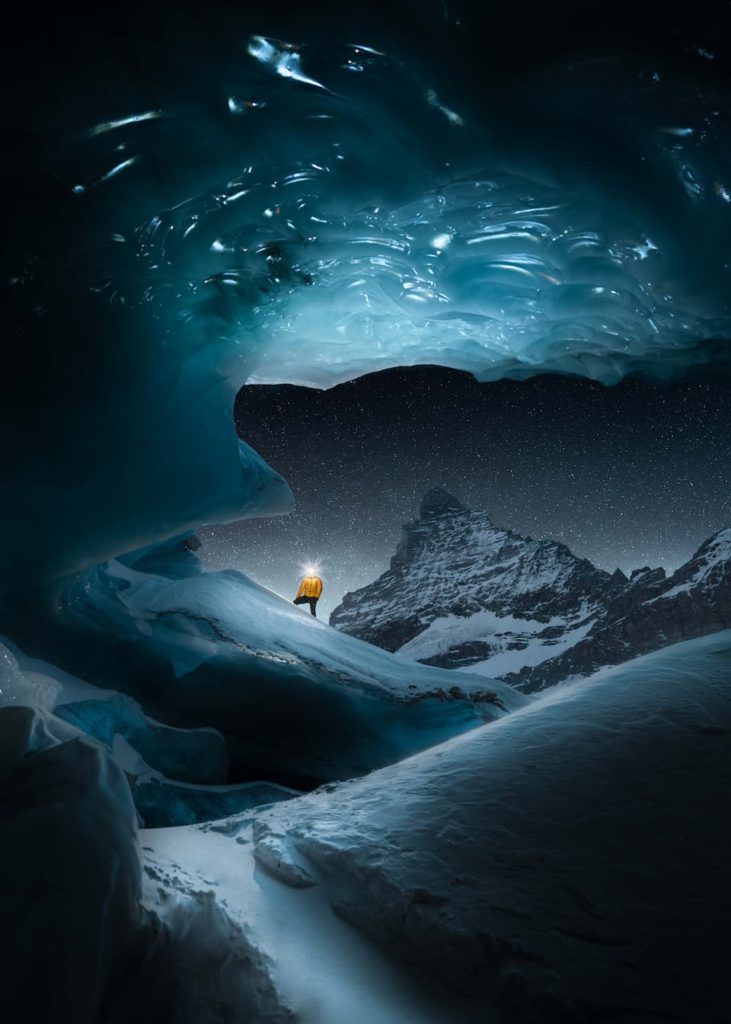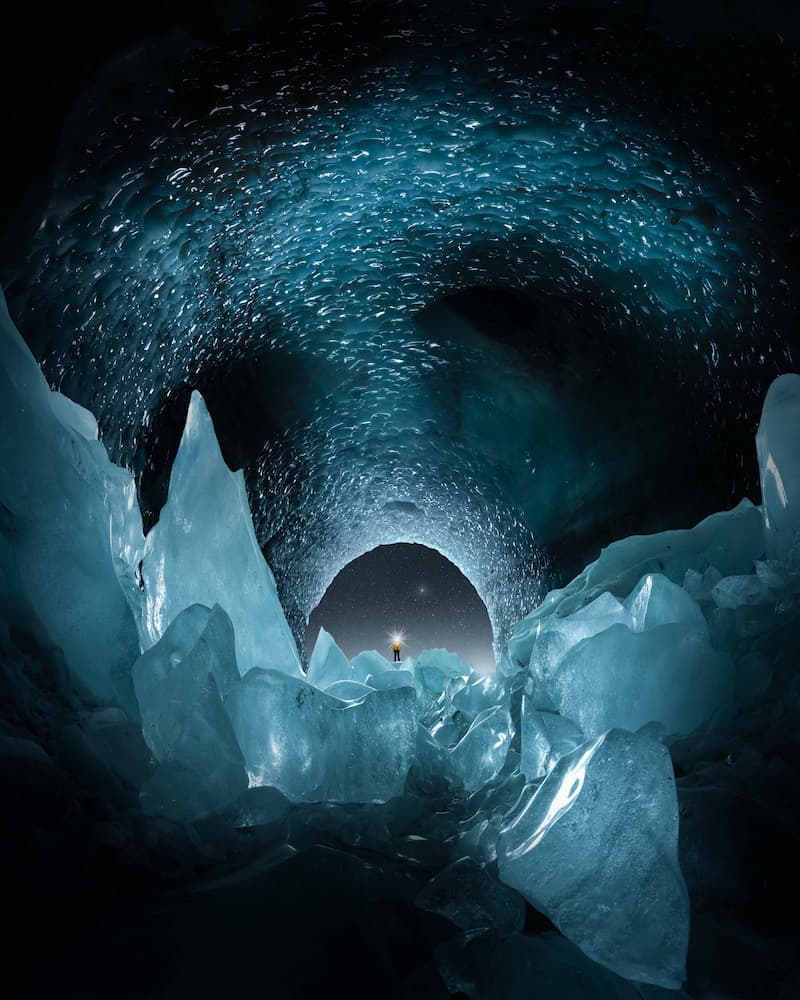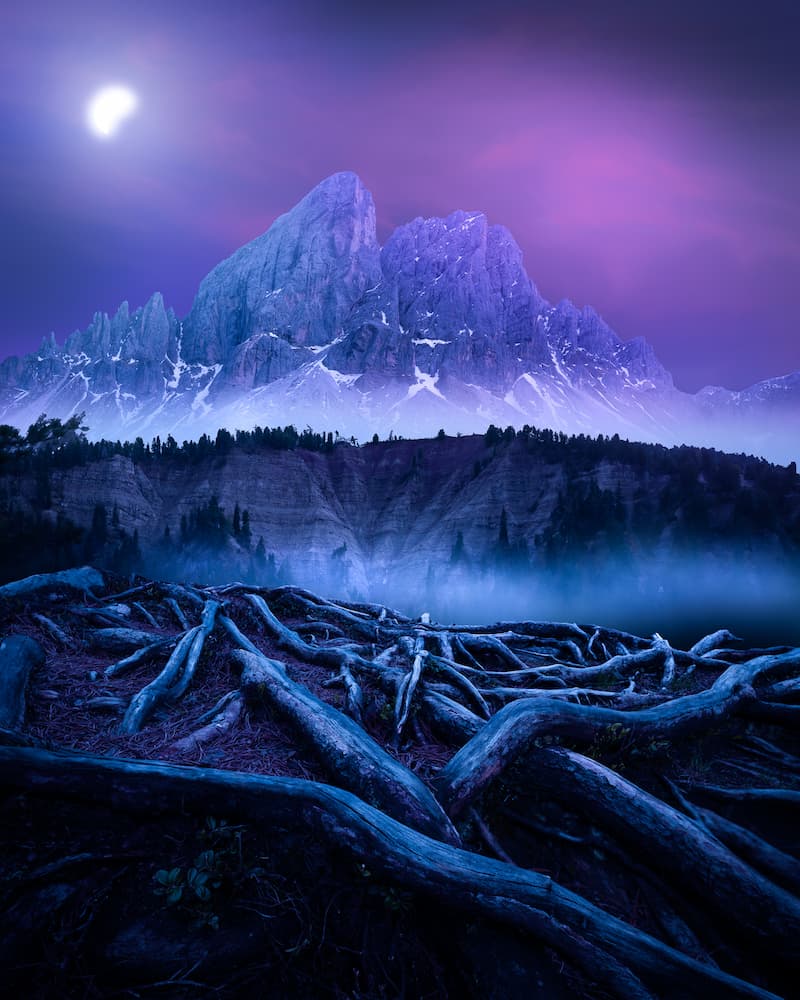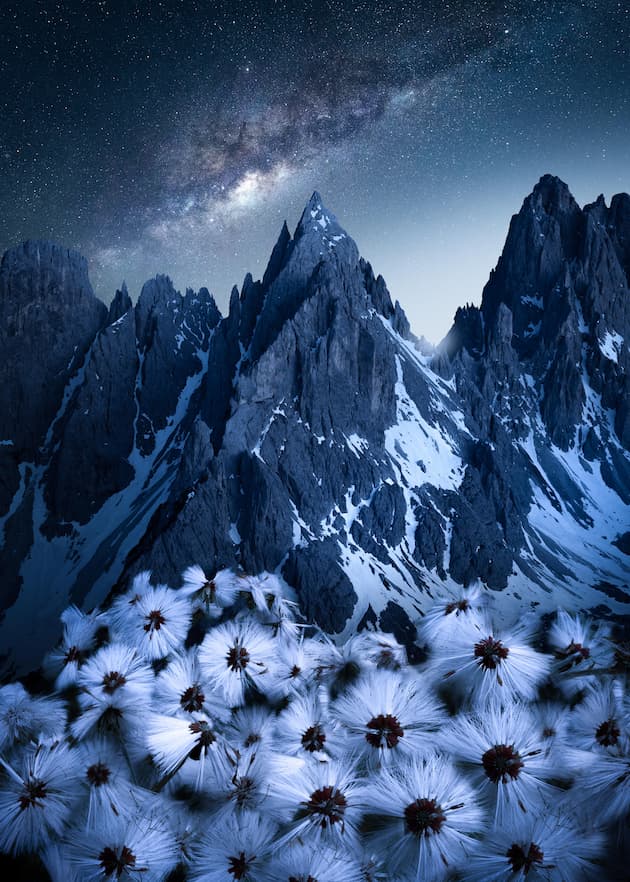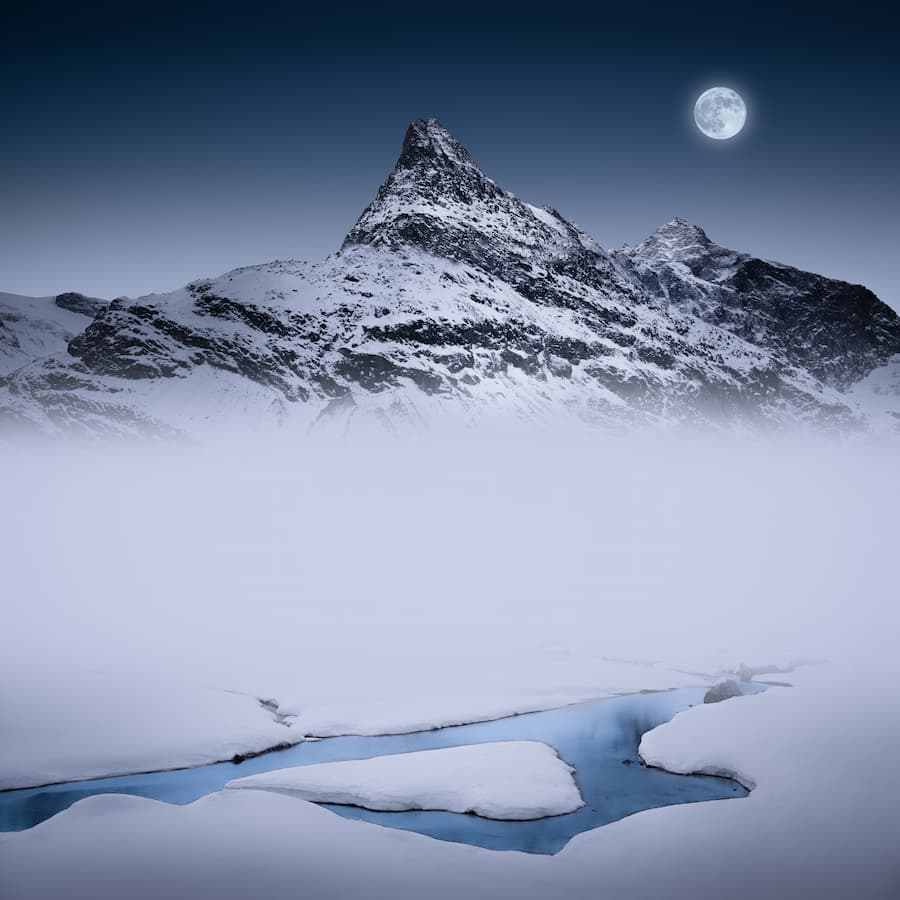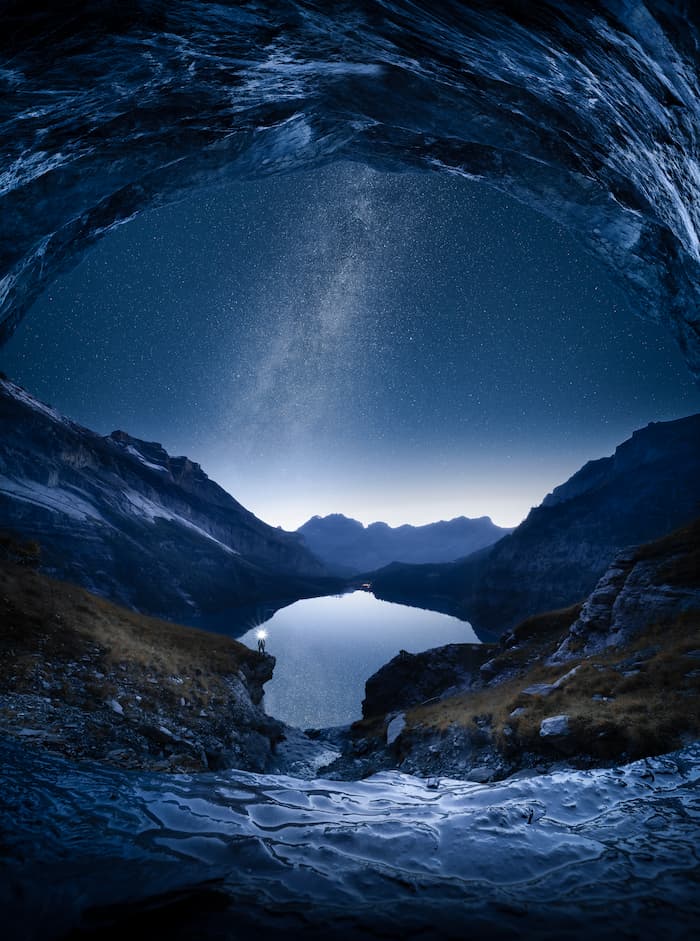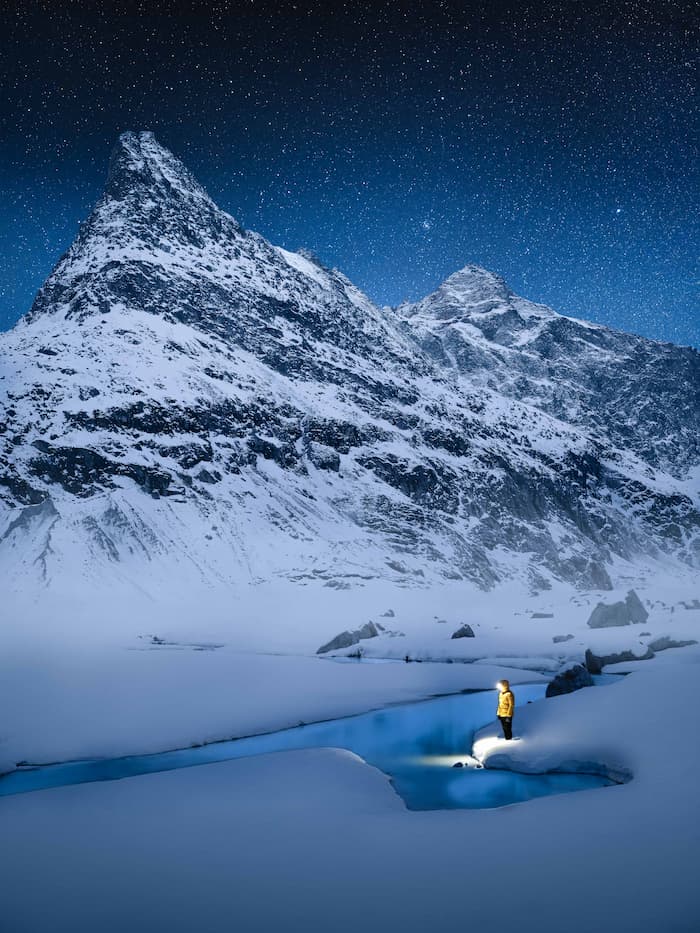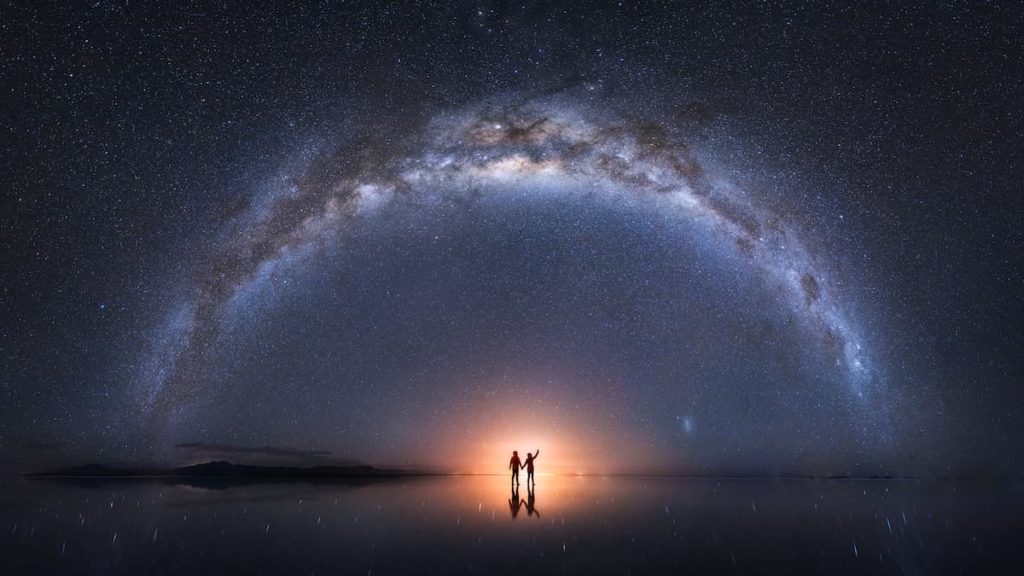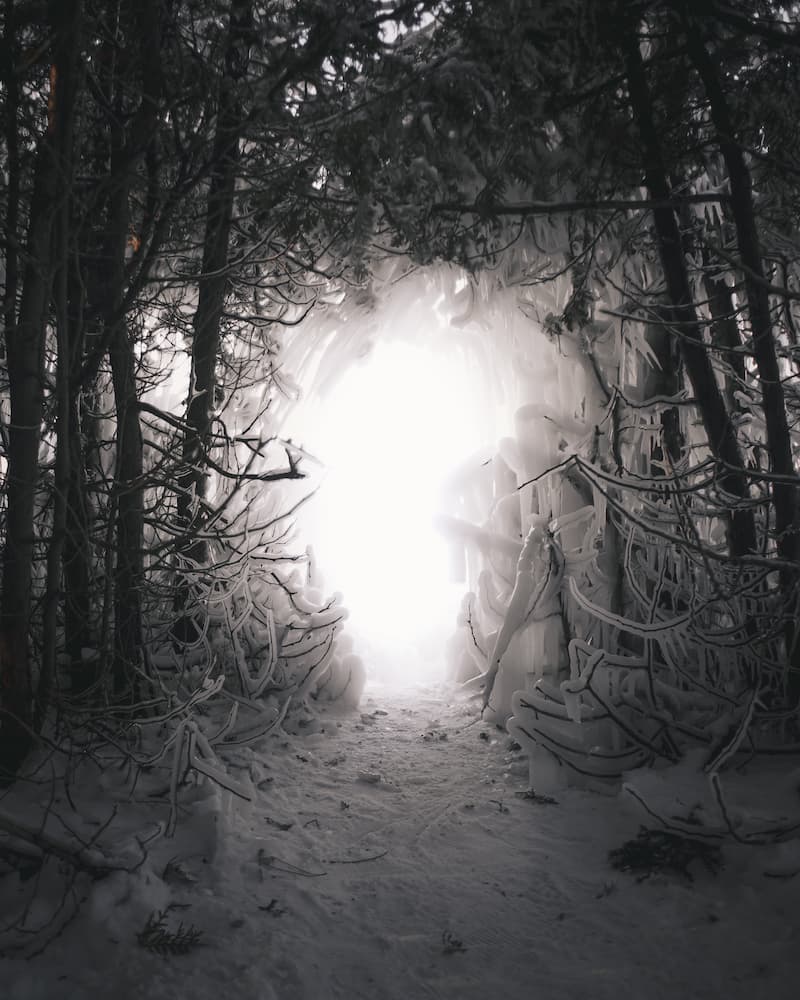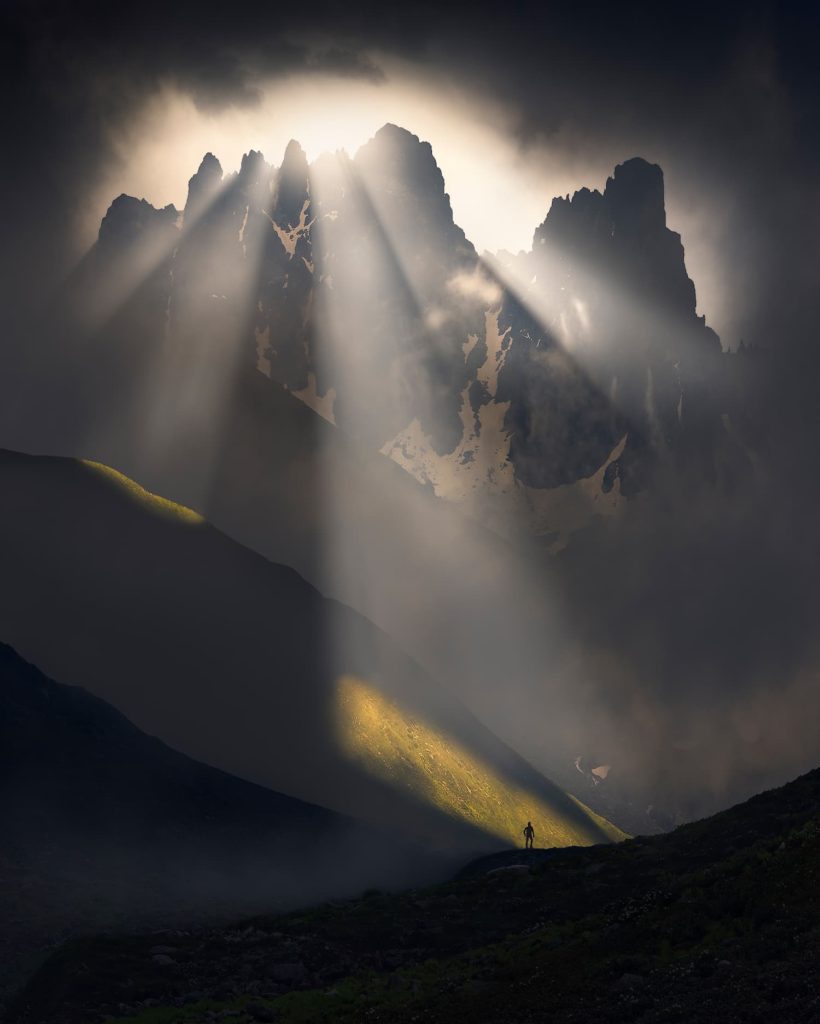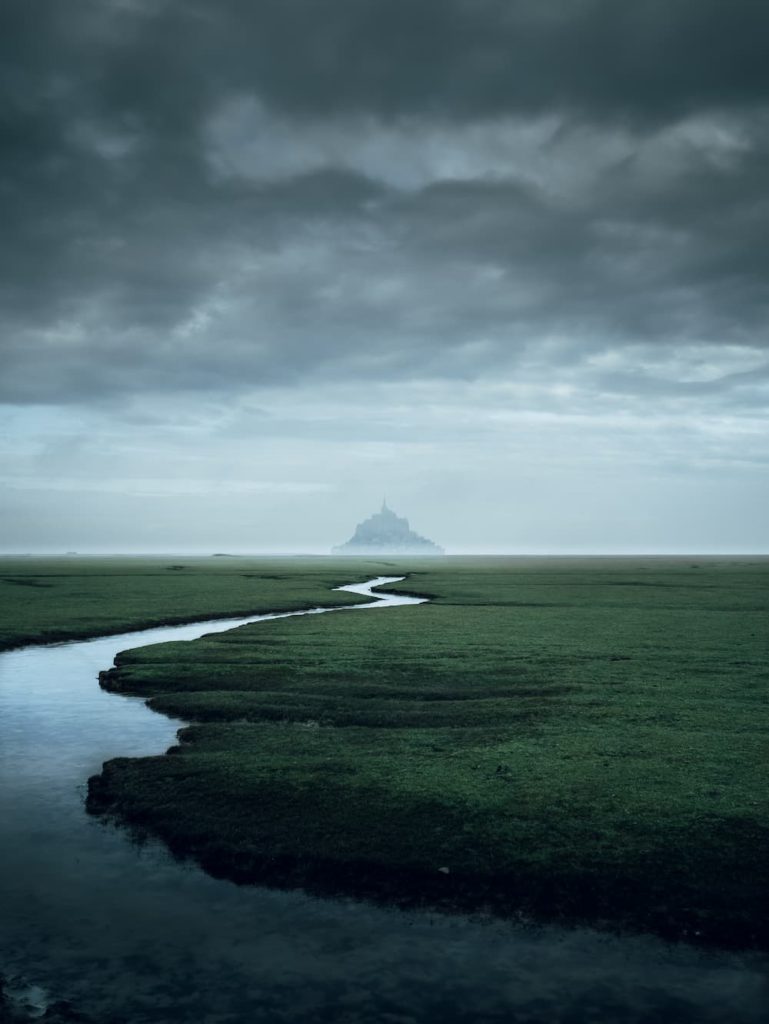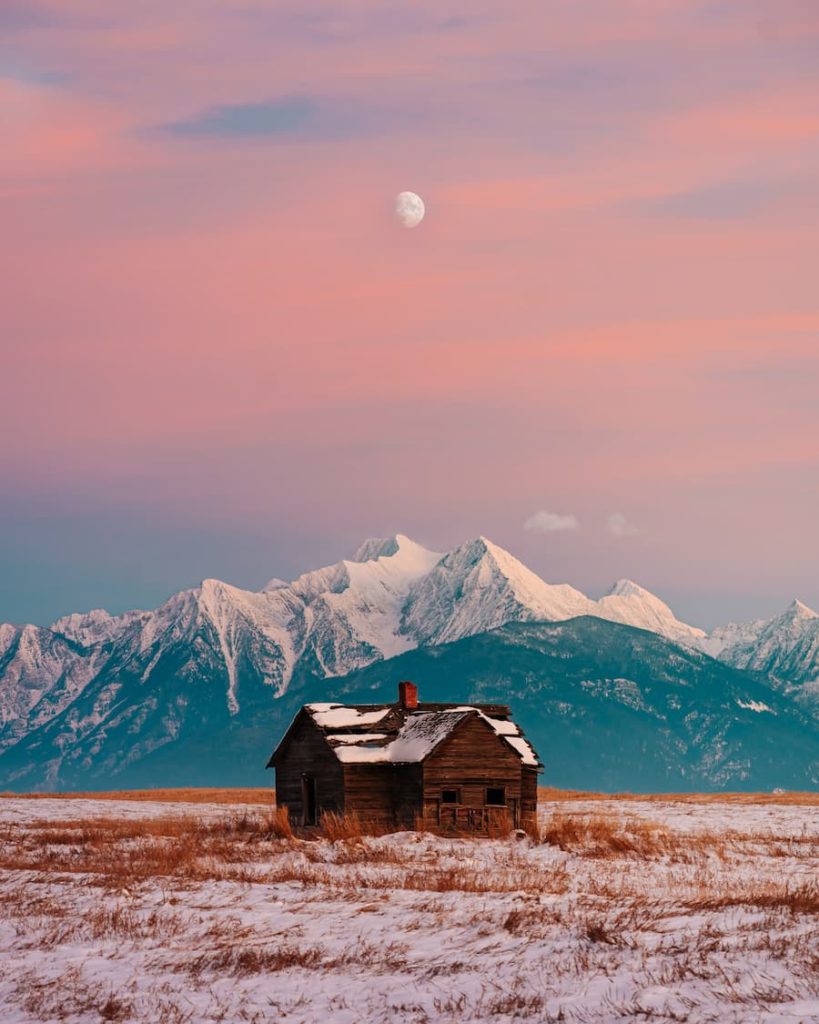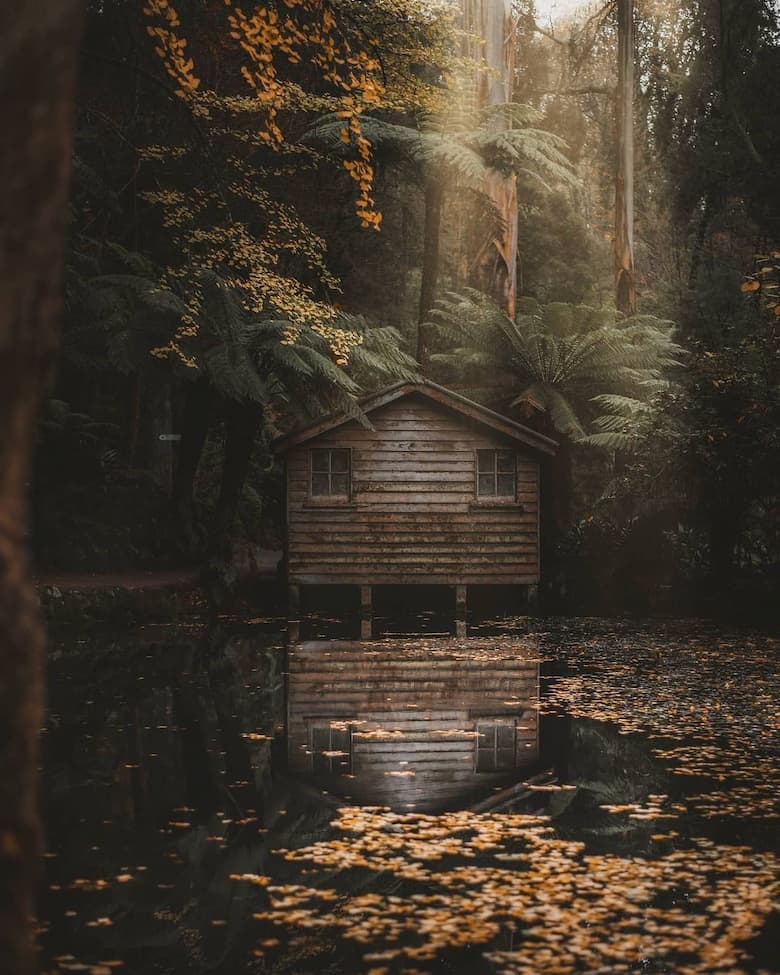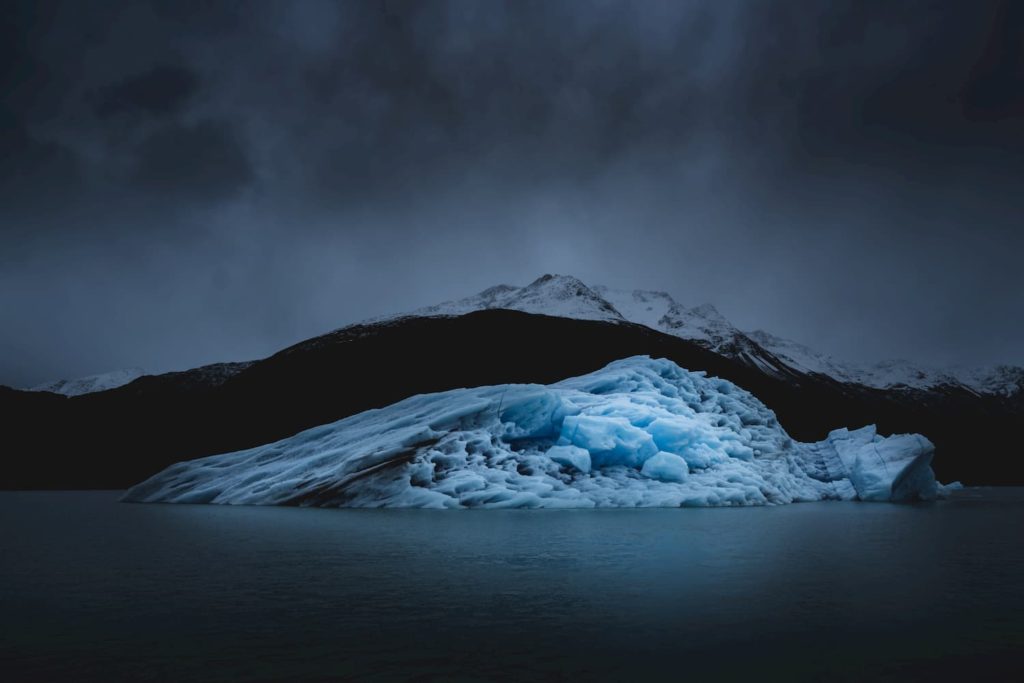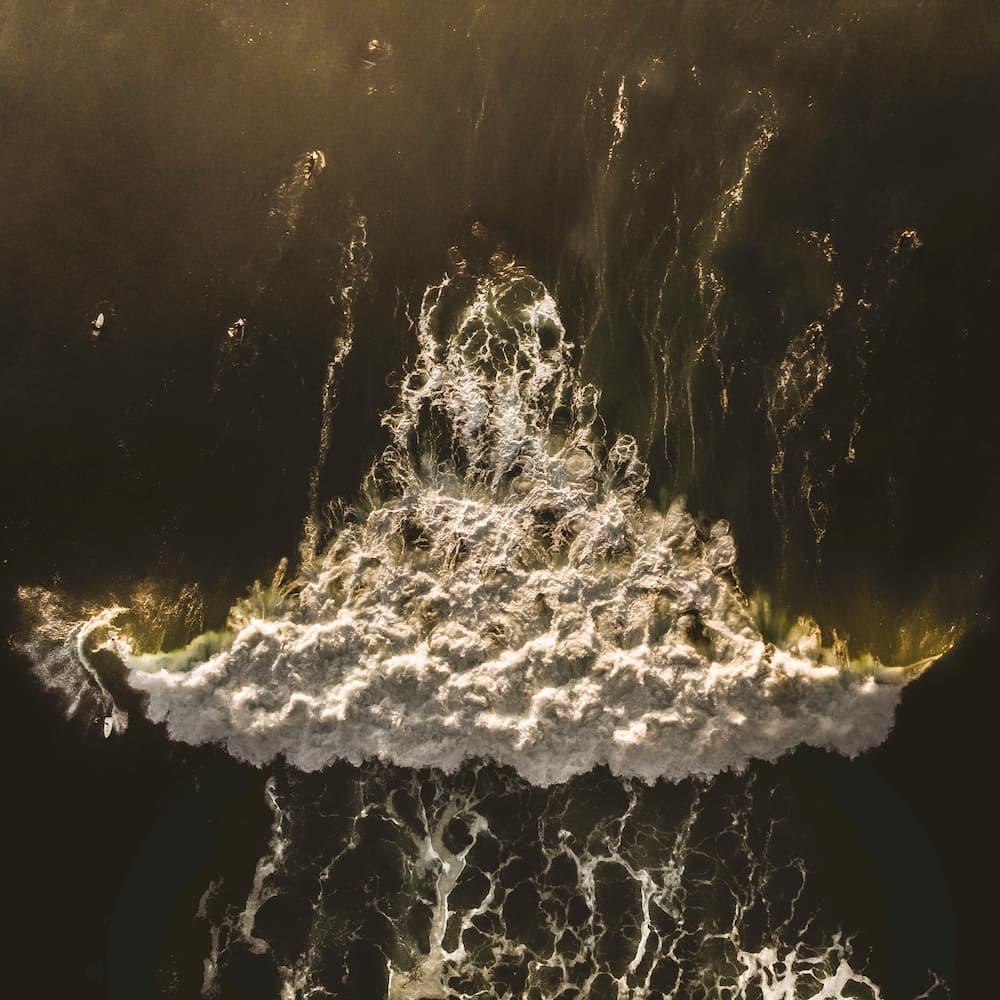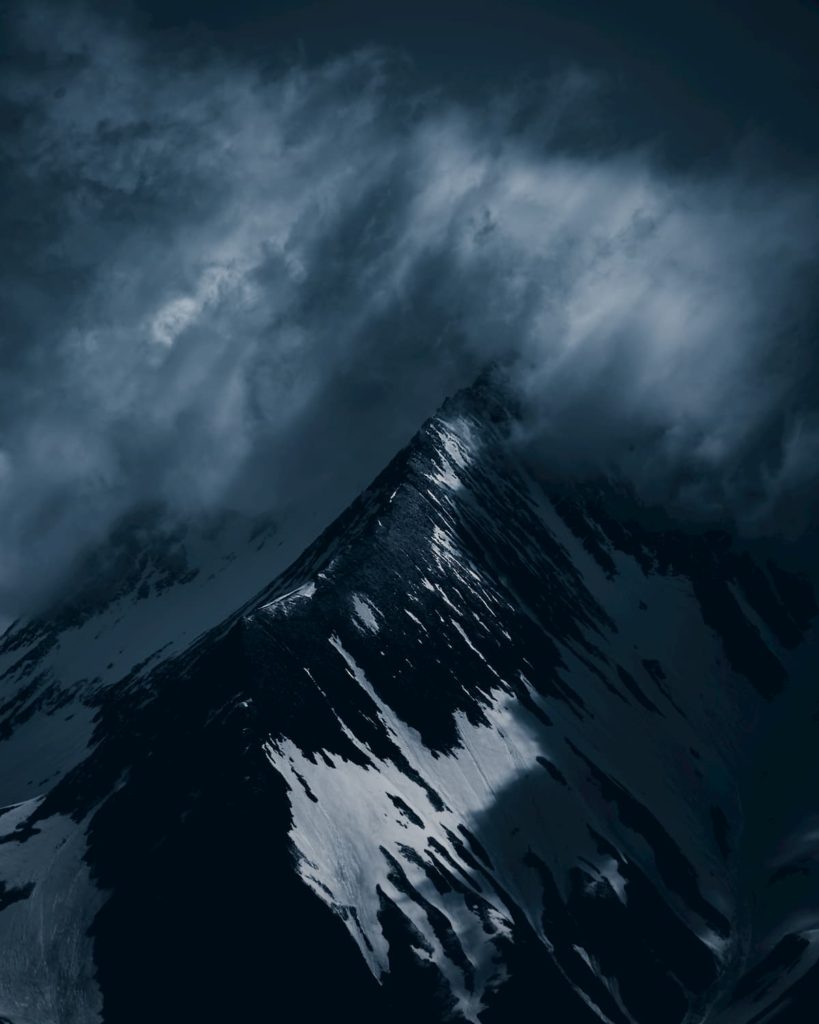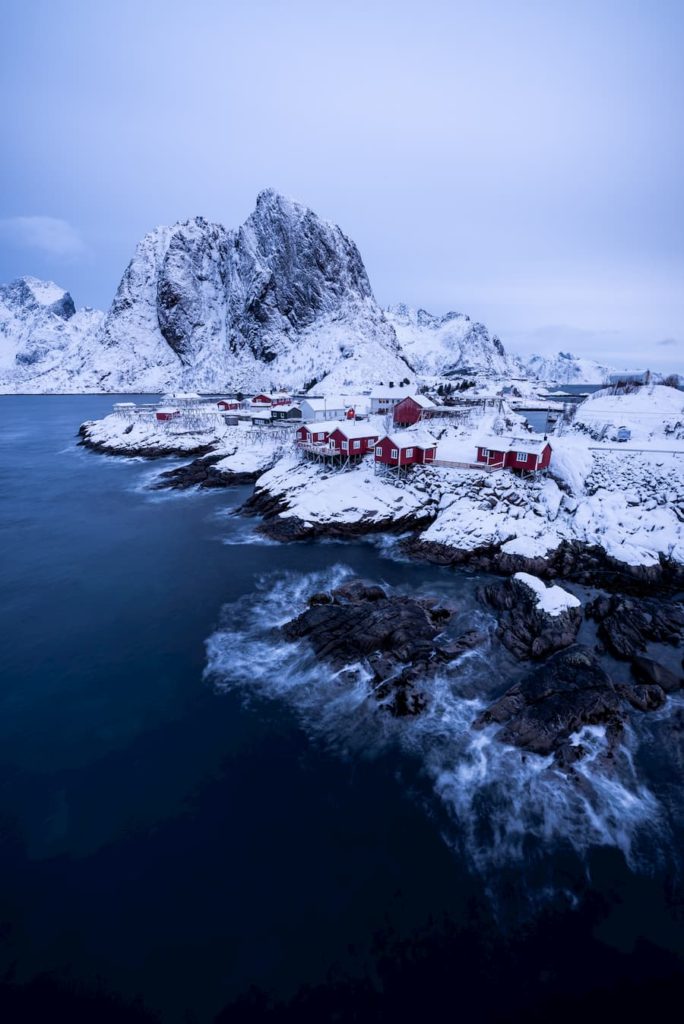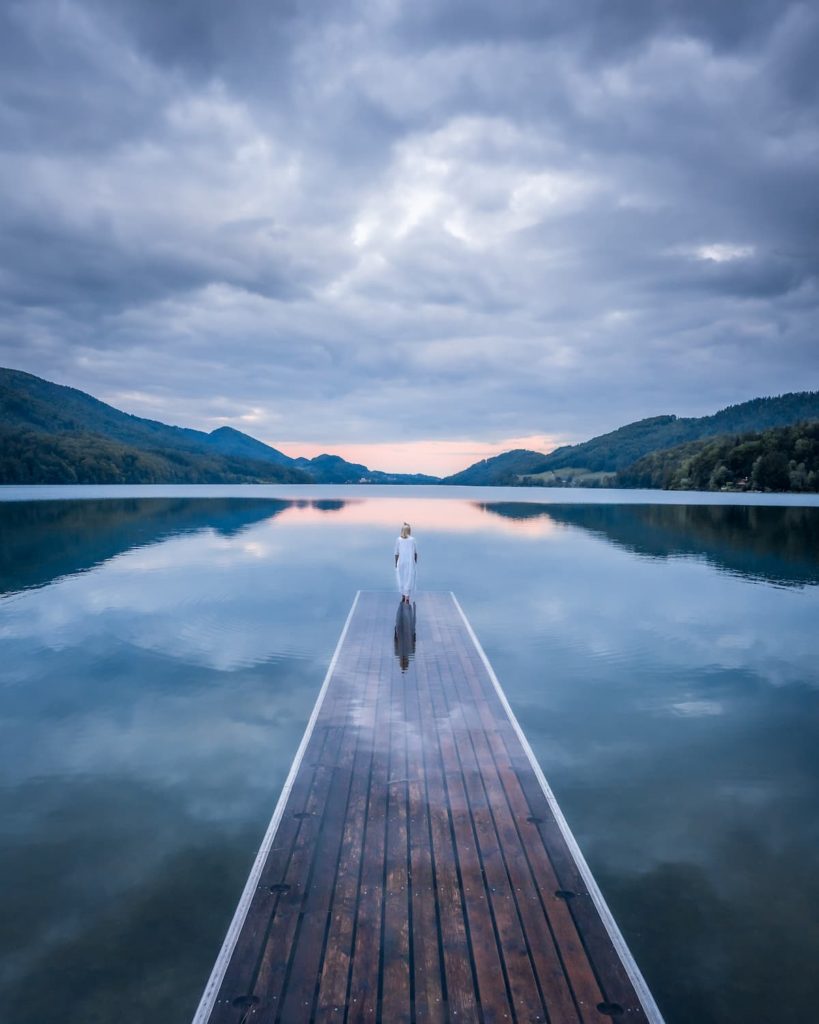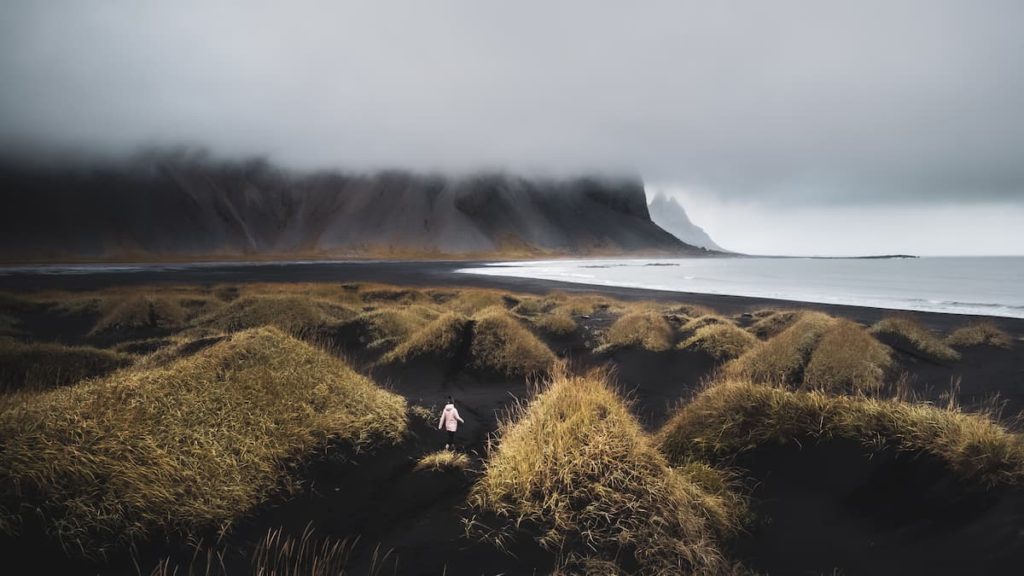
Angelica Fuchs
@angefuchs
Photographer based in Switzerland
My father, a passionate photographer as well, gifted me a little Coolpix camera when I was 10 years old. However, it was not until 2020 when the pandemic hit, that I truly started going back to my old gear, and started buying new equipment to dive hard into landscape photography. Later on, I decided to try something I had in mind for quite a long time but didn’t dare do: composite photography. This is when my true passion revealed itself. Never in my life have I felt so good about something I was doing.
When I decided to start this new art form and go into composites, I went by myself to the mountains and slept in my car before starting my hike in the middle of the night. It was my first time, it was scary, it was tiring, I couldn’t see anything, and the way up required me a lot of effort. But when I came back home after that, I knew I had taken something more than photographs from there. This experience was pivotal for me and redefined my world.
"Composite photography has driven me to push my limits and discover a whole new part of me I didn’t know I was capable of, and composite images are now at the core of my creative process and work."
This has also drastically changed the way I shoot and create. Composite photography has been described by some photographers as a lazy way of having a final image. But in my case, it is quite the opposite. It requires me so much more time to create one single image than what I was used to. I also find myself pushing my mental and physical boundaries just to realize that vision. I now spend hours visualizing and preparing for one single image that I have in mind. This can even take several weeks or months. After that, I will hike to the location I want to shoot and create from, get all the elements I need, and come back home to put all the pieces together.
"I still consider myself a photographer, but it has become a tool in concretizing my creative vision."
My goal is not to represent exactly what I see when I’m out in nature but rather collecting pieces of reality and bringing them together. Composite photography required a set of skills that I didn’t have, so I had to learn how to use Photoshop for hours and hours to become an editing master in what I do.
My editing process can be a bit messy, as I do a lot of back and forth between Lightroom and Photoshop, as well as different editing techniques. I go step by step, iterating here and there. But I usually start by harmonizing the colors of all shots on Lightroom, edit them one by one on Photoshop and then start putting them together.
Here is an example of what were the raw files and what is the final image:
The photograph was taken in early 2022 but I had a clear image of what I wanted to create from that location a few months before going. I decided to go there by myself, spent the night in the car at -17°C, and woke up in the middle of the night to start hiking before sunrise. It was freezing. But arriving there early in the morning, when everyone was asleep made that visit special – I had it all to myself.
As you can see in the image, ice blocks are on the ground. They actually fell from the ceiling over the months before because of the high temperatures we experienced in Switzerland. The cave was huge, it was a tunnel that was so big I couldn’t even cross it because it was too dangerous going in there. So I went halfway through to put the camera there, did everything as fast as I could, and left. Today, that ice cave has collapsed and is no longer accessible. This is what makes that shot so special.
"I am able to testify with my image the existence of that place that once was real, but no longer is."
Something I really wanted to achieve with my image is conveying the contrast of immense and small, cold and warm, real and imaginary, light and dark. As well, what is always key in my editing is to have an image as seamless and clean as possible. The colors need to be perfectly harmonized and the light as subtle as possible. I am working on every detail for hours. This is to achieve self-interrogation when people see the final image.
I like to say that my work represents extensions of truth with the ultimate goal of triggering self-interrogation on one’s perception. Something that I have noticed when I present my work to people, is that I get the question: Is it real? This is exactly what I mean by self-interrogation. The answer is binary. It is, and it is not. It comes from both my imagination and reality. Every part of an image has been taken by me at that location, but you will most probably never see it like that if you go there. I think self-interrogation is quite central to my creative process. It pushes me to ask myself scary questions, such as: Why am I doing this? Am I making the right decisions? For who am I doing it? What do I want to translate with that image? This will ultimately lead me to better quality and results in my craft. And I try to translate that self-interrogation into my artworks, hoping that some can read the message I am sending. Self-interrogation is what keeps a mind busy on how to improve and not take anything for granted. It doesn’t mean doubting yourself though, they are two very different things that shouldn’t be confused.
When it comes to commercial work for clients, I am not in the same mindset as when I am creating my personal work and composites. I prepare a shoot differently and I will stick to photography techniques that are usually what my clients want. But whether I work for clients or do personal work, there are some fundamentals in building your brand as a photographer and valuing your work, I believe. With that, I should say that I’m still in the process of building my brand, defining my value proposition, and my strategy. I think that’s the most challenging part because there are so many unknown variables that you are figuring out as you go. But if there are a few things I have learned so far, it’s the following:
1) Do not rush. Take the time to define your own strategy because that will serve you in the long run
2) Do not compare yourself to others. Your situation might seem like someone else’s, but it most probably isn’t.
3) Educate yourself, as much as you can. Cultivate that learning mindset because if you have it, you can go into anything.
4) Listen to the signals and shut down the noise. Keep an open eye on what’s going on but stay focused on your objectives and your vision.
5) Always ask yourself: what value do I bring? If you can answer that question, you’re on the right track
What also has had a big impact on my professional development as an artist, is my entrance into the NFT space on Twitter. I’ve had the opportunity to meet and discuss hours with people there, learning from them and their creative process – It has become a huge part of my life. The way the creative economy is shifting, with creators able to own and monetize their craft on web3 is a real revolution in my opinion. One that is worth spending some time learning because I believe it will be part of our future.
"Last but perhaps my most important lesson (and tip): take full responsibility for your life and act if you wish something to be different."
That night of the composite image that I presented step-by-step earlier, I experienced the worst mountain conditions in my life. Winds started raging above 160km/h and I started getting scared for my life. It took me the greatest effort to head back home the following day, as it got worse and worse. That day, I finally understood what it meant to be alive. I understood what it meant to have no control over Mother Nature. But I also understood what it meant to be responsible for your life. Your life depends on you and you only. In whatever form and situation, you choose daily to stay where you are or move forward.
Would you like content like this sent to your inbox?
NOMADICT
ART GALLERY
THE LATEST STORIES
WRITEN WITH PASSION TO INSPIRE YOU

Miroslav Maršík (@miromarsik): Photographer based in Czech Republic
In this article, Miro shares how his love for cinematic music evolved into a deep passion for photography and how he uses light, color, and atmosphere to turn the streets of Prague into living film scenes.

Aurora photography panorama workflow: A guide to camera settings, editing, and color
In this article, Stefanie reveals how her background in physics sparked her passion for astrophotography and how she blends science with creativity to capture the beauty of the night sky. Readers will discover her approach to color, contrast, and editing, as well as her aurora photography workflow.

Yhabril (@yhabril): Best of the Week 33 at #nomadict
Spanish photographer Yhabril captures the profound connection between humans and the mountains that shaped him. Growing up in the Pyrenees, his work bridges outdoor sports, landscapes, and celestial scenes — often blending athletes, moonlight, and wilderness into striking visual stories.

Ariane Totzke (@besondersschwierig): Photographer based in Switzerland
In this article, Ariane shares how photography helped her navigate personal challenges, connect authentically with people and animals, and develop a philosophy rooted in empathy and artistic freedom. Readers will also discover her ethical approach to wildlife photography and her trusted equipment for both camouflage techniques and cameras.

How to photograph Dutch tulip fields: A guide to light, gear, composition, and colors
Discover how to photograph Dutch tulip fields in their most magical light. From choosing the right gear and lenses to mastering composition, color, and aerial perspectives, this guide shares creative techniques to capture the beauty of the Netherlands’ tulips. Learn how light, color grading, and proportion bring emotion into every frame.
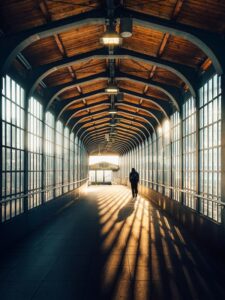
Cinematic city photography: An essential 6-step workflow
In this article, you’ll learn how to read and use light in your home city, choose the right technical settings for low-light scenes, and refine your editing workflow to shape color and atmosphere step by step. In addition, Dominik shares how to find fresh perspectives on familiar locations, five lessons that transformed his photography, and insights on the future of street photography.
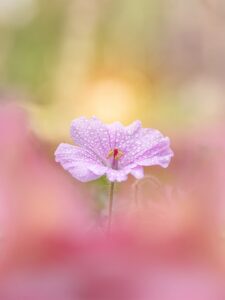
Kyle van Bavel (@kylevanbavel): Photographer based in the Netherlands
Kyle van Bavel is a macro photographer with a distinctive, dreamy style that transforms the unseen details of nature into magical worlds. In this article, he shares how his unique vision, shaped by a journey of self-learning and overcoming dyslexia, has become his greatest creative strength.

Inês Preto (@minespreto): Best of the week 20 at #nomadict 2025
Inês is a nature photographer drawn to wild, remote places where weather, wildlife, and mood shape her storytelling. In this article, she shares the behind-the-scenes journey of capturing the Best of the Week image: a puffin trio on the Faroe Islands. She explains how she approached the edit of this image, and shares key lessons she’s learned through experience.



